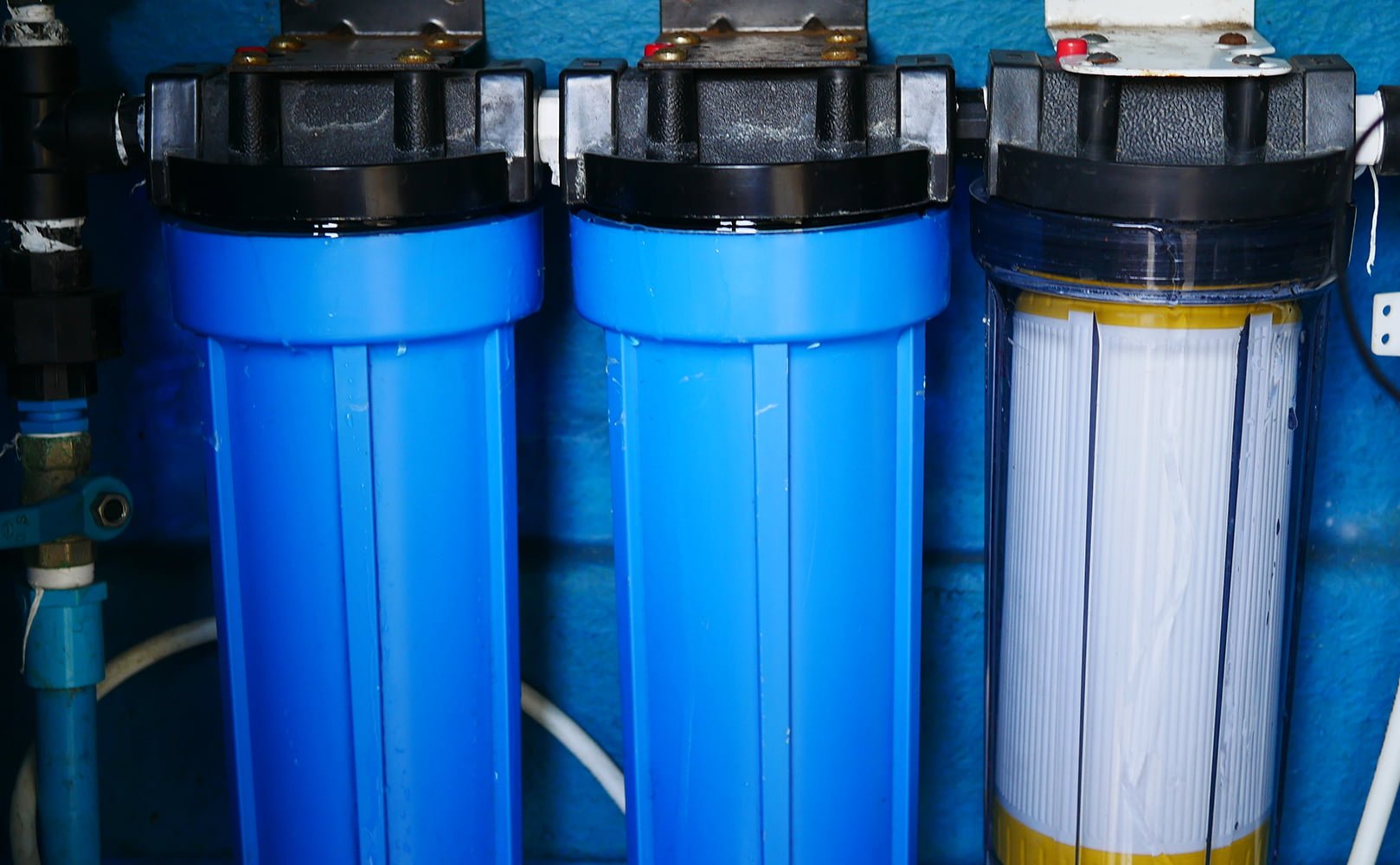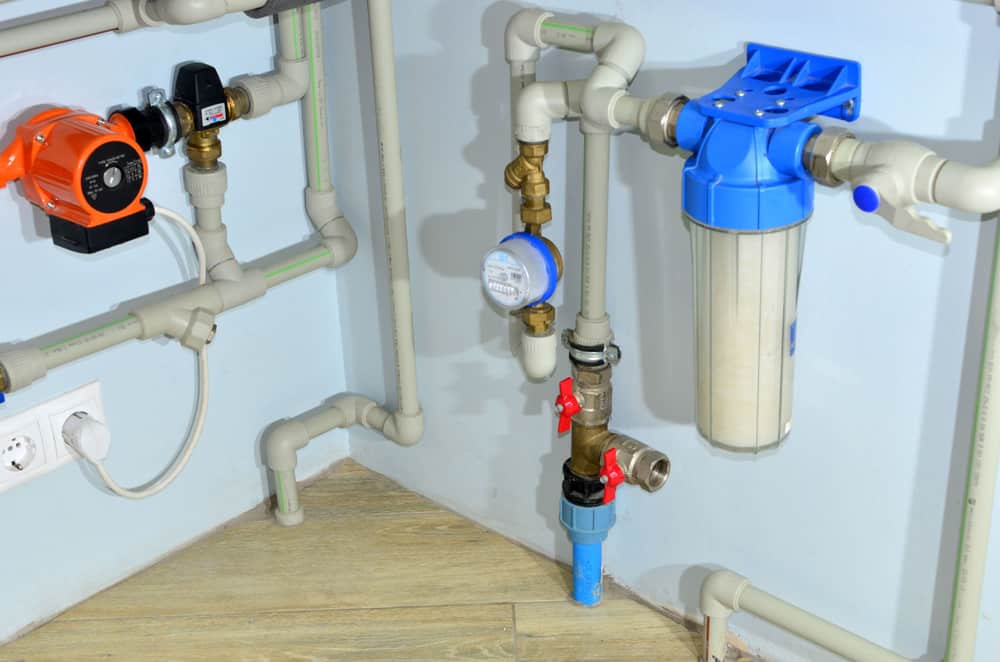Total Dwelling Water Filtration Options
Total Dwelling Water Filtration Options
Blog Article
How do you feel on the subject of What are the Benefits of Using a Whole House Water?

Entire home water filters are the ideal option for people that are interested in having a residence that gives tidy, drinkable water. Together with offering quality drinking water throughout your house, an entire residence water filter likewise offers benefits such as getting rid of contaminations that create detecting in water that is used to clean meals. Unfiltered water can also create issue such as rusting plumbing and also home appliances, wrecking garments that is washed and also discolor sinks or showers. Although whole residence water filters are typically used in household houses, they can additionally be an efficient option for homes or offices.
At first, it might seem that entire home water filters would certainly be exceptionally pricey when contrasted to other filter choices, but they are really a really cost-efficient choice for water purification. The cost series of these water filters is big, beginning at two hundred bucks and setting you back as long as one thousand bucks. The cost of the filters depends on their size, product and life expectancy. This might appear like an extremely high rate, but when compared to various other filter choices, it is in fact very economical because of the quantity of filtering system that it offers.
Entire house water filters cleanse water in the very same fashion that other filters, such as kitchen counter or under sink filters, do. The difference is that it needs just one filter, which is attached to the primary water resource, instead of needing numerous water filters to be affixed to different gadgets. Similar to the various other filters, whole home water filters detoxify tap water by forcing it with numerous various stages of filtering. One of the stages is carbon purification. Carbon is a reliable technique of filtering system water due to the fact that it is permeable and has the ability to eliminate small and also huge impurities. Carbon is necessary in removing volatile natural carbon compounds, which sometimes can trigger severe damages to the liver, kidney or central nerve system. Carbon likewise eliminates unsafe materials such as chemicals, commercial solvents and insecticides.
Another crucial step of the filtering process includes a process such as ionization or micron filtering. This step eliminates thousands of impurities discovered in faucet water, as well as transforms the water to excellent sampling, healthy and balanced alcohol consumption water. As mentioned previously, the primary advantage of whole house water filters are that they offer filtered water throughout the house with the use of only one filter.
Another advantage of entire home water filters is the long life expectancy that they use. Much of these filters last in between fifty and also one hundred thousand gallons of water. For lots of, the primary negative aspect of entire house filters is the greater than ordinary cost. Although these filters are extremely economical, they do need a big financial investment up front. Whole residence water filters can additionally need a considerable amount job to set up.
How to Remove Iron Bacteria from Well Water
If your drinking water comes from a private well, you will likely experience issues with iron in your water. These issues can range from poor-tasting coffee to bright orange streaks in toilets and bathtubs. However, there’s an equally familiar but less understood problem linked to iron contamination: iron bacteria, also known as “iron-eating” or “iron-oxidizing” bacteria.
Iron is one of the most abundant minerals in the earth’s crust. As a result, elevated levels of iron are usually widespread in the groundwater that serves wells, often fostering the growth of iron bacteria in well water. These organisms can combine oxygen with iron, manganese, or other nutrients in the water to form a swampy sludge containing rust deposits, bacterial cells, and other organic and inorganic matter. This slimy residue then sticks the bacteria to pipes, pumps, plumbing fixtures, and appliances, causing clogging, foul tastes and odors, corroded pipes and plumbing fixtures, etc.
Well-water systems used infrequently or intermittently are typically more prone to iron bacteria problems. To make matters worse, removing these organisms from your water can be complicated, which is why we recommend taking steps to prevent them from forming in your well in the first place. Luckily, this article explains a highly effective way to remove iron bacteria from well water. Let’s start by discussing what iron bacteria are and how they get into well water.
Signs of Iron Bacteria in Water
If your household water supply is contaminated with iron bacteria, you might notice several unappealing signs that may indicate iron bacteria presence. These signs may include:
Stains and deposits on plumbing fixtures, pipes, and appliances
One of the most common indicators of iron bacteria in well water is stains and deposits on plumbing fixtures, pipes, and appliances. Water containing these organisms will leave rust-colored slime stains and deposits in sinks and toilets and inside well casings. You’ll also notice stains on fixtures, tableware, laundry, and various surfaces, that keep coming back no matter your cleaning method or efforts. These stains can be grey, yellow, or brown but are often a reddish-orange rust-like color.
Discoloration
Water containing iron bacteria can have a yellow, red, or orange hue. Further, visible deposits that have a clumpy or slimy consistency are very likely to have been caused by the presence of iron bacteria. Iron bacteria deposits are widespread in toilet tanks. In many cases, the deposits will take the form of a slimy coating along the walls of the tank. If the bacteria have been in the water for a lengthy period, the deposits could float in the water.
Oily sheen on the water surface
A quick and easy way to check for the presence of iron and other slimy-producing bacteria is to look in the water closet tank of your toilet. If you see an oily sheen on the surface of the water and can feel a slimy residue on the inside of the tank, slime-producing bacteria are likely present in your water system. If you use disinfectant in your tank, evidence of these conditions might not be so apparent.
https://www.springwellwater.com/how-to-remove-iron-bacteria-from-well-water/

I ran across that piece of writing about What are the Benefits of Using a Whole House Water when doing a search on the internet. Enjoyed our article? Please share it. Help someone else find it. Thanks a lot for your time spent reading it.
Tap problems? Reach. Report this page